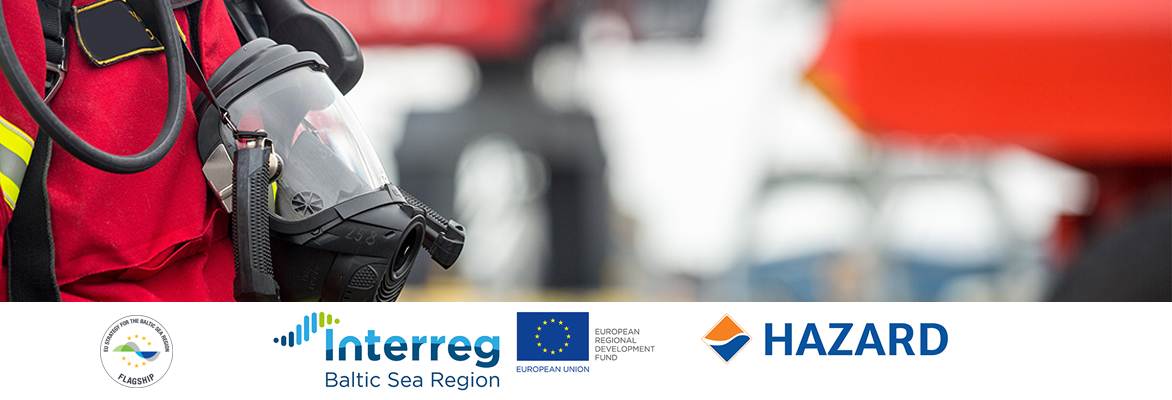Chemical Accident Exercise in the Port of Naantali, Finland
The first exercise of the project was held in the port of Naantali, Finland, on 19th April 2016. It was arranged by the Southwest Finland Emergency Services (WP2 leader) together with the Port of Naantali. The exercise simulated a chemical accident in a live environment during a very busy day in the port. The port of Naantali is a TEN-T port. The exercise was planned according to the risks that were identified in the risk assessment section of the Port of Naantali’s safety report.
The course of the exercise
The crew of a ship, that was docked in the port, detected some suspicious movement close to the dangerous goods on board (monochloroacetic acid). After a closer look, a member of the crew saw an attempt to damage the cargo (dangerous goods) and managed to stop the attempt. The intruder escaped from the scene, no acid was released from the container.
After that, a pungent vinegary odour was detected in the port area. After a closer investigation a leak of a clear fluid was detected from the transport vehicle of hazardous substances. Close to the leak a person was lying on the ground and looked unconscious.
That was the starting point of the exercise. The exercise aimed to test the effectiveness of the port’s internal emergency plan, the cooperation and communication between the rescue services and other authorities, how the management of the rescue operation worked, as well as to train staff to manage major accident situations. It was also essential in the situation to be able to confine the accident and the damage caused to the environment.
The exercise went as planned with all the personnel carrying out their duties professionally. Altogether about 70 people from the Emergency Services, ports, port operators, the police, Finnish Border Guard and other regional authorities, as well as shipping and transport companies took part in the exercise. HAZARD Project Manager Jarmo Malmsten from the University of Turku took part in the exercise as an observer. The experience of this exercise will be used in planning the future HAZARD exercises.

Leave a Reply